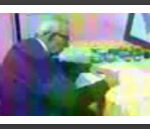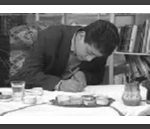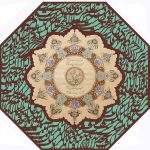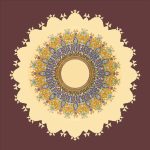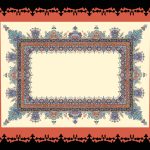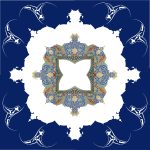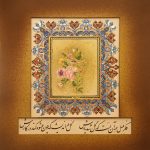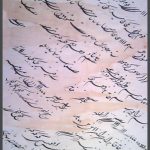History of Illumination
In early centuries of Islamic era, since painting was illegal, reluctance of painting caused the artists turning to illumination. Then illumination applied by Islamic governments and it was used for ornamentation of Quran and gradually for the governors' orders, aristocrats' contracts and artistic and historic books. A volumes of Quran from 10th century A.D. which is one of oldest ornamented samples, was illuminated by famous illuminators like Ibn Saqti and master Mohammad.
In 14th & 15th centuries illumination had a remarkable shift. Illumination reached to its highest perfection point during Ilkhanid dynasty and using azure, green and red color was current in Mongol era. Illumination passed its exalting time in Timurid era and since Timurid kings such as Baysonghor Mirza, Shahrokh Shah's son were encouraging book writing and book ornamentation, they gathered many artists in their court, bibliotheca and schools in Herrat; Artists like Seyed Ahmad - the painter, Khajeh Ali Mosavar, Molla Ali Mozaheb, Ghiatheldin Mozaheb and Mohebali Tabrizi. Illumination progress continued until Safavid dynasty.
Artists of Zand, Afshar and Qajar eras created new styles by using principles established in Timurid era and then was heyday of this art.Nasrollah Imami Isfahani, Seyed Abolghasem Mozaheb Bashi and Mirza Ali Shirazi are some of illuminators of this era and then Master Abdolah Bagheri and Master Nosratollah Yousefi can be named as artists of Pahlavi era.
One of illumination features of this era is using more symmetrical elements. Gold, azure, cinnabar, green, yellow and black colors were used for coloration. Abdolvahab Shirazi, Mahmoud Isfahani, Mozaffar Ali Tabrizi and Mahmoud Mozaheb can be mentioned among artists of this era.
